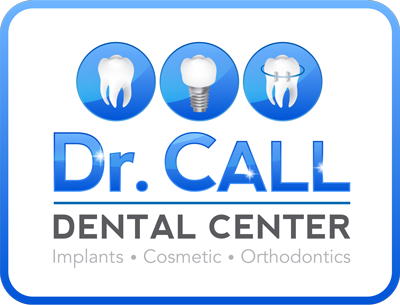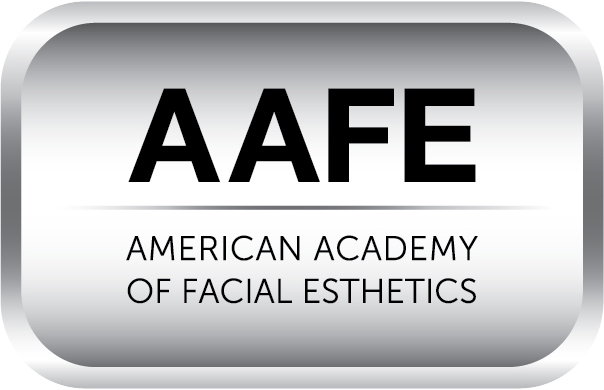
Your dentist might recommend a dental bridge if you're missing multiple teeth. Your teeth aren't much different from the rest of your body, so they become more susceptible to a number of oral health issues as you age.
If you aren't currently satisfied with the way your smile looks due to missing teeth, a dental bridge is one of the most effective ways to restore your smile.
Helpful information about dental bridges
What is a dental bridge?
Dental bridges are prosthetic devices that are used to cover an area in your mouth with more than one missing teeth. The device is typically fastened on the two closest teeth to the gap. These are often covered with crowns for added support. False teeth are then attached to the bridge, filling the holes created by the loss of your natural teeth.
Holes in your smile are typically created by tooth loss due to decay or physical trauma to the mouth as a result of an accident or sports.
Filling holes in your smile is particularly important since the remaining teeth have a tendency to shift towards the gap. This can lead to more serious issues like gingivitis and temporomandibular joint disorder.
Different types of dental bridges
The three different types of dental bridges are traditional, Maryland, and cantilever. Traditional bridges are the standard type of the device connected to crowns on the two teeth that are closest to the gap. A Maryland bridge is similar to a traditional one, but the artificial teeth are bonded to wings which are attached to the closest teeth on both sides. Cantilever bridges are used when there isn't enough space for anchors on both sides of the gap. Instead, the bridge is bonded to only one anchor.
What to expect when getting a dental bridge
Getting dental bridges installed typically involves multiple visits to the dentist. The procedure starts with your dentist injecting a local anesthetic into the gum tissue next to the anchors. Next, the anchor teeth are shaped and prepared for their crowns. That ensures the crowns fit properly, which in turn makes the bond with the bridge more secure.
Once the anchor teeth have been prepared, your oral professional will make an impression of your mouth and send the details to a lab where a customized bridge will be made for you. Your dentist will provide you with a temporary bridge to cover up the gap in the meantime.
You'll return to your dentist's office in a few weeks when your permanent bridge is ready. It will then be carefully installed by your dentist, making sure your bite alignment remains the same.
Taking care of your dental bridge
Dental bridges can last over 10 years if you take proper care of them. Your anchor teeth, in particular, are susceptible to tooth decay and cavities, so pay special attention to them when brushing and flossing.
You should also visit your dentist at least twice a year so that they can be examined and cleaned.
You might be wondering:
For more information or to schedule an appointment with Dr. Call Dental Center,request an appointment in our Dalton dental office here: https://drcalldental.com. Or call us at (706) 425-6240.
Related Posts
When Is a Dental Bridge Necessary?
A dental bridge can be used to replace one or a few missing teeth. As the name suggests, these oral restorations bridge gaps between teeth, restoring their appearance and functionality. Dental …
How Many Teeth Can Dental Bridges Replace?
A missing permanent tooth should be replaced as soon as possible to prevent serious oral health issues. Dental Bridges are one of the most commonly used treatments to replace a severely …
What to Expect During a Dental Bridge Procedure
Dental bridges are one of the top solutions to get back your smile after losing one or multiple teeth. Patients everywhere need tooth replacement due to a variety of reasons. Seeing your …
Signs of a Loose Dental Bridge
A loose dental bridge can occur for many reasons, including excessive wear and tear, damage to the abutment teeth and periodontal concerns. The sooner that you can detect a loose or damaged …



